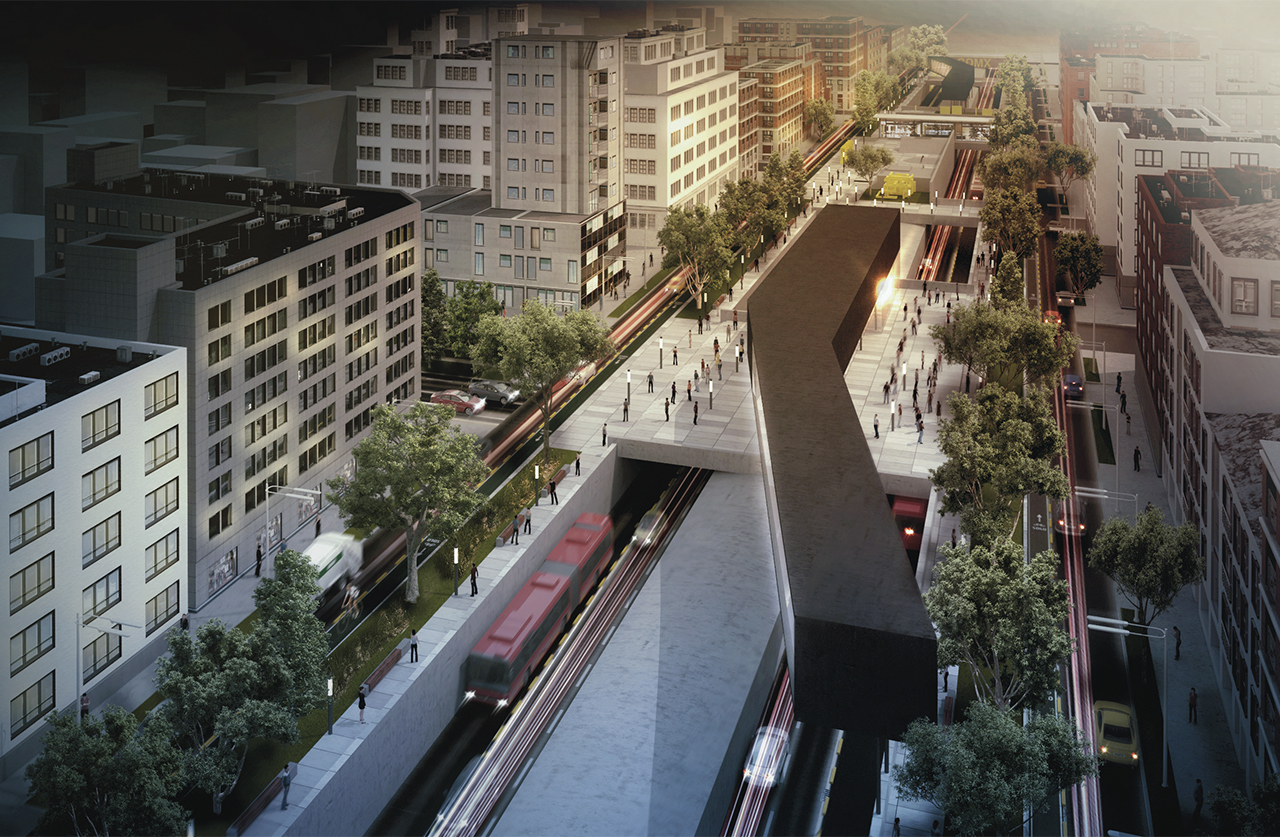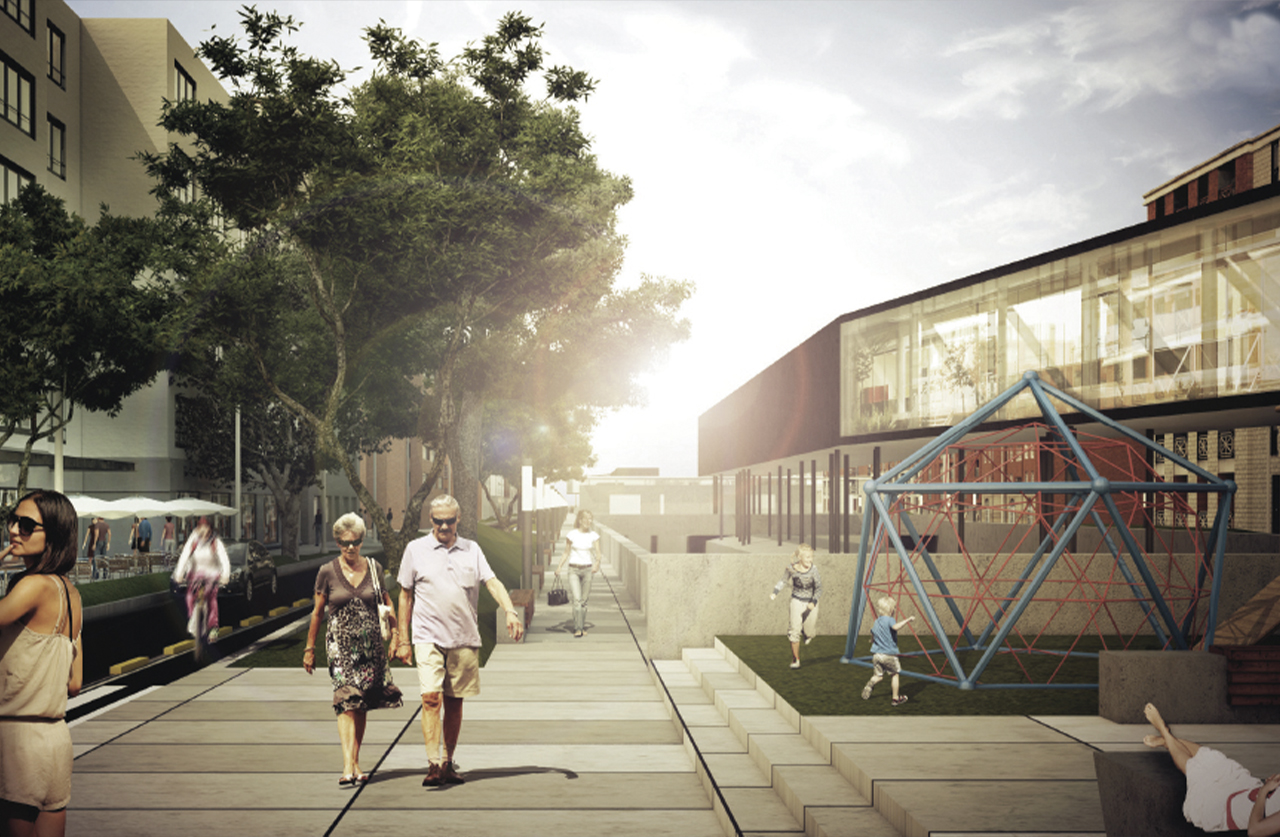RED VIADUCTO
In the recent history of the CDMX, the Viaducto has been considered one of the main vehicular communication routes, mostly for private use that connects east and west for the transfer of inhabitants from the municipalities of Mexico City's suburbs to the big city.
An avenue conceptualized at the beginning, as a corridor of urban mass transportation and alternative energy and infrastructure, thanks to the rapid population growth accelerated and centralized, along with the pressure of the lack of space for vehicles and its thriving industry, ends up becoming an avenue to accommodate constant traffic of high-speed private vehicles completely failed because its limited physical characteristics at the beginning, do not meet or fail to meet such objective, resulting in a dividing strip.
A physical and psychological border that prevents the communication of areas and sectors that are part of the same geography, but are psychologically separated by this concrete slit.
This research-project proposes a radical change. A proposal that gives way in a certain way to a backward step, enabling a subway box that in its interior contemplates a confined lane of urban mass transportation and two lanes of private vehicle circulation with controlled access to comply with the transfer, but that at sidewalk level, creates new spaces of diverse uses both outdoors and closed but public, so that the inhabitants of the neighborhoods that face this important communication route, find squares and adequate infrastructure where to carry out activities that today it is impossible for them inside their neighborhood.

